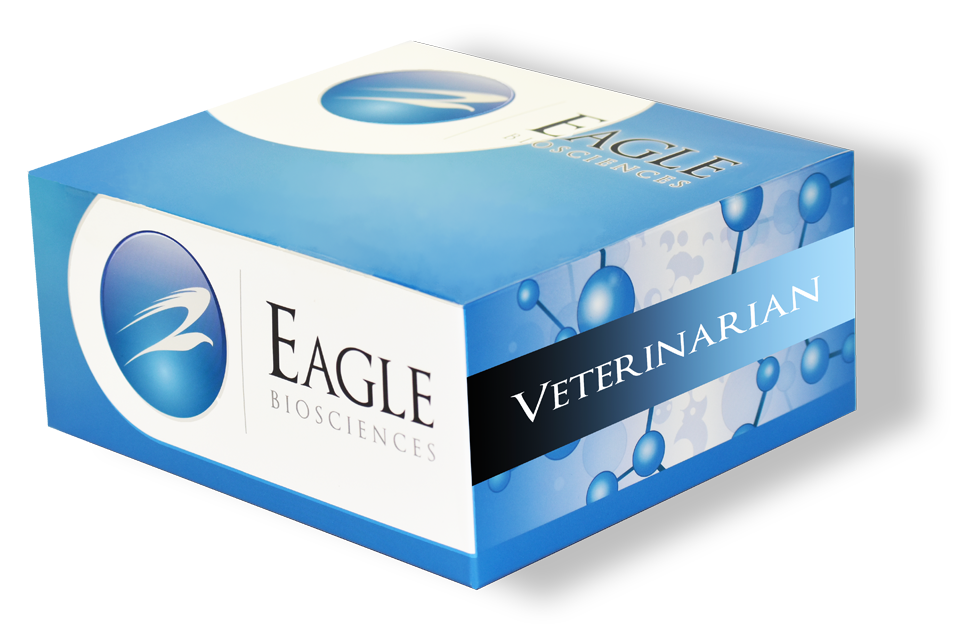Mouse KIM-1 ELISA Assay
The Mouse KIM-1 ELISA Assay is For Research Use Only
Size: 1×96 wells
Sensitivity: 0.052 ng/ml
Dynamic Range: 0.078 ng/ml – 5 ng/ml
Incubation Time: 160 minutes
Sample Type: Plasma, Serum, Urine
Sample Size: 100 μL
Assay Principle
The principle of the double antibody sandwich ELISA is represented in Figure 1. In this assay the KIM-1 present in samples reacts with the anti-KIM-1 antibodies which have been adsorbed to the surface of polystyrene microtitre wells. After the removal of unbound proteins by washing, anti-KIM-1 antibodies conjugated with horseradish peroxidase (HRP), are added. These enzyme-labeled antibodies form complexes with the previously bound KIM-1. Following another washing step, the enzyme bound to the immunosorbent is assayed by the addition of a chromogenic substrate, 3,3’,5,5’-tetramethylbenzidine (TMB). The quantity of bound enzyme varies directly with the concentration of KIM-1 in the sample tested; thus, the absorbance, at 450 nm, is a measure of the concentration of KIM-1 in the test sample. The quantity of KIM-1 in the test sample can be interpolated from the standard curve constructed from the standards, and corrected for sample dilution.
SPECIMEN COLLECTION AND HANDLING
Blood should be collected by venipuncture. The serum should be separated from the cells after clot formation by centrifugation. For plasma samples, blood should be collected into a container with an anticoagulant and then centrifuged. Care should be taken to minimize hemolysis, excessive hemolysis can impact your results. For urine samples, collect using standard techniques. The samples should be centrifuged to remove any possible debris. Assay immediately or aliquot and store samples at -20°C. Avoid repeated freeze-thaw cycles.
Related Products
Rat KIM-1 ELISA Assay
Human KIM-1 ELISA Assay
Canine KIM-1 ELISA Assay



